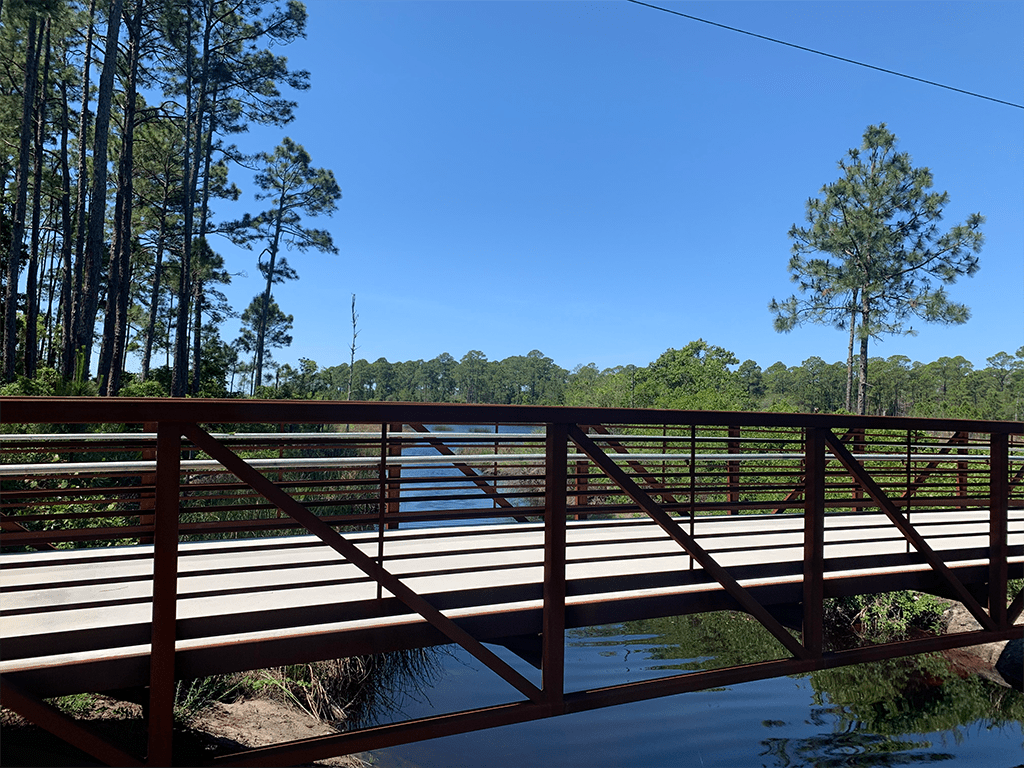Welding weathering steel is not like welding regular steel. The high weathering resistance that gives it its name also affects its welding properties. Welding weathering steel requires special considerations when it comes to selecting equipment, preparing the surface, and executing the weld itself.

Here are some tips and techniques for professionals looking to weld weathering steel.
Selecting the Right Filler Metal
The first consideration when welding weathering steel is selecting the appropriate filler metal. Weathering steels have a unique composition that makes them more susceptible to cracking if the correct filler metal is not used.
The most commonly used filler metals for welding weathering steel include:
- AWS E6010 and E6011 stick electrodes
- AWS ER70S-3, ER70S-6, and ER80S-D2 solid wires
- AWS ER309, ER312, and ER316 stainless steel wires
The choice of filler metal will depend on the application and the type of weathering steel being welded.
Preparing the Surface
Proper preparation of the surface is critical when welding weathering steel. The surface must be clean, dry, and free of any contaminants that could adversely affect the quality of the weld.
Before welding, the surface should be cleaned using a wire brush or grinder, and any surface rust or mill scale should be removed. Any oil, grease, or other contaminants should also be removed using a solvent or degreaser.
Executing the Weld
Weathering steel can be welded using a variety of welding techniques, including:
- Stick welding (SMAW)
- Gas metal arc welding (GMAW)
- Flux-cored arc welding (FCAW)
- Gas tungsten arc welding (GTAW)
Regardless of the welding technique being used, the weld should be executed carefully and precisely to avoid any cracking, distortion, or other defects.
Some tips to follow when welding weathering steel include:
- Use a low heat input to avoid burning off the weathering layer
- Use as low a welding current as possible to avoid spattering
- Preheat the metal to avoid cold cracking
- Use small-diameter electrodes or wires to avoid overheating the metal
- Clean the surface between passes to avoid porosity
Conclusion
Welding weathering steel requires special considerations, but with the right filler metal, surface preparation, and welding technique, it can be successfully accomplished. By following these tips and techniques, professionals can ensure a strong, durable, and weather-resistant weld that will last for years to come.
So, if you are looking to weld weathering steel, keep in mind the tips and techniques mentioned above and get the job done right! Remember to use keywords like "Welding Weathering Steel" to help your content perform better on search engines.